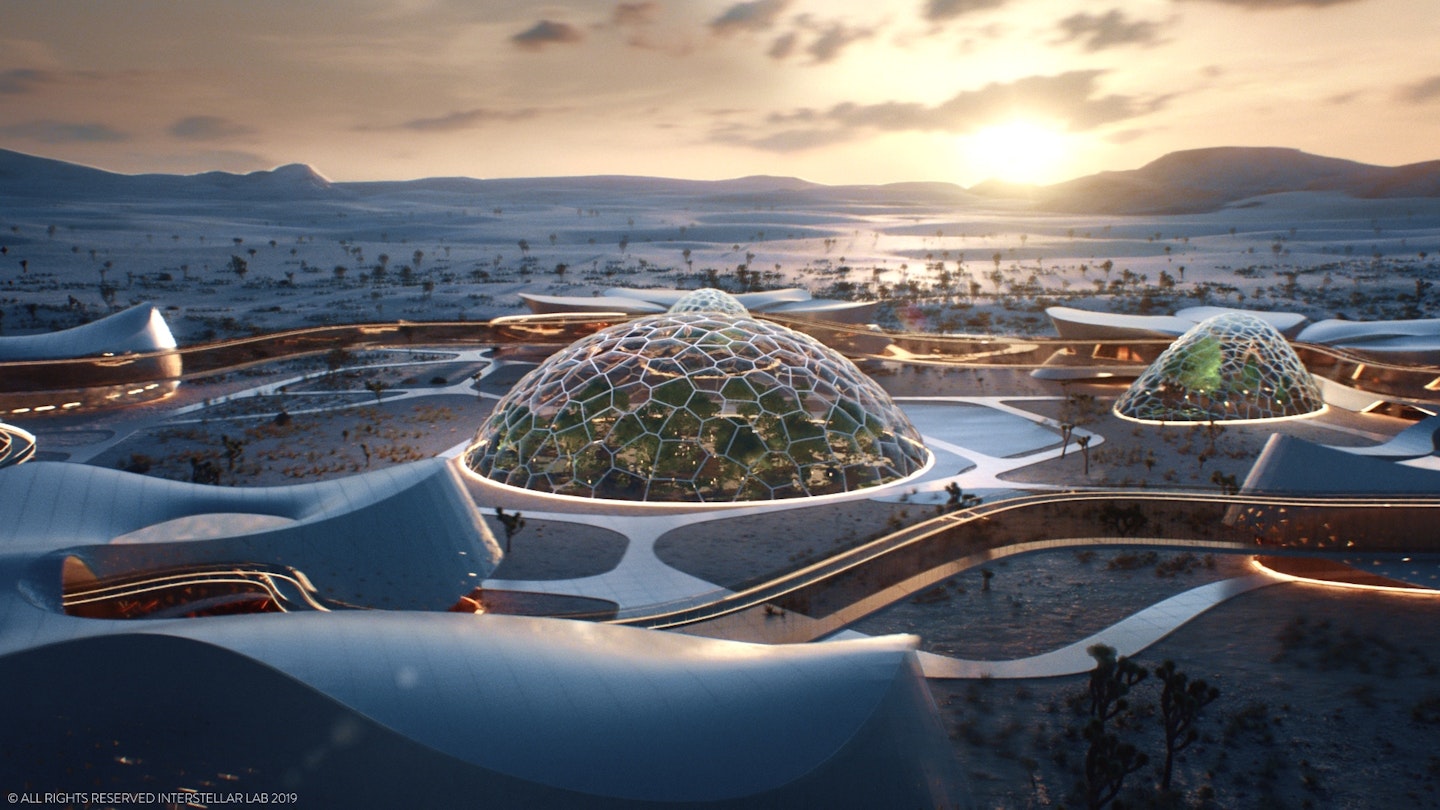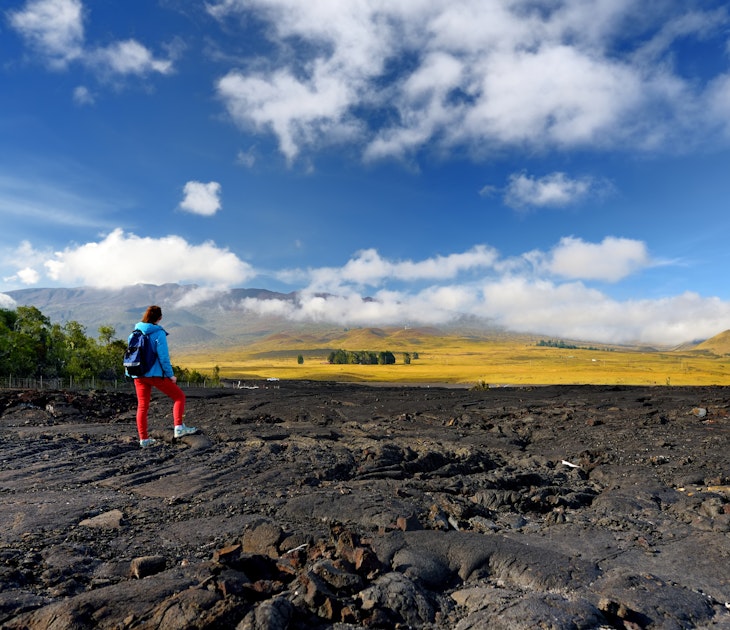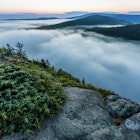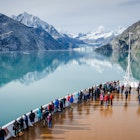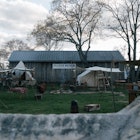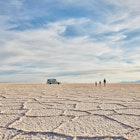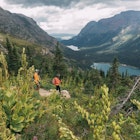Humans might not be capable of making the journey to Mars just yet, but a Mars-like village could soon be landing in the Mojave Desert – and if all goes according to plan, it may eventually help pave the way to the red planet itself.
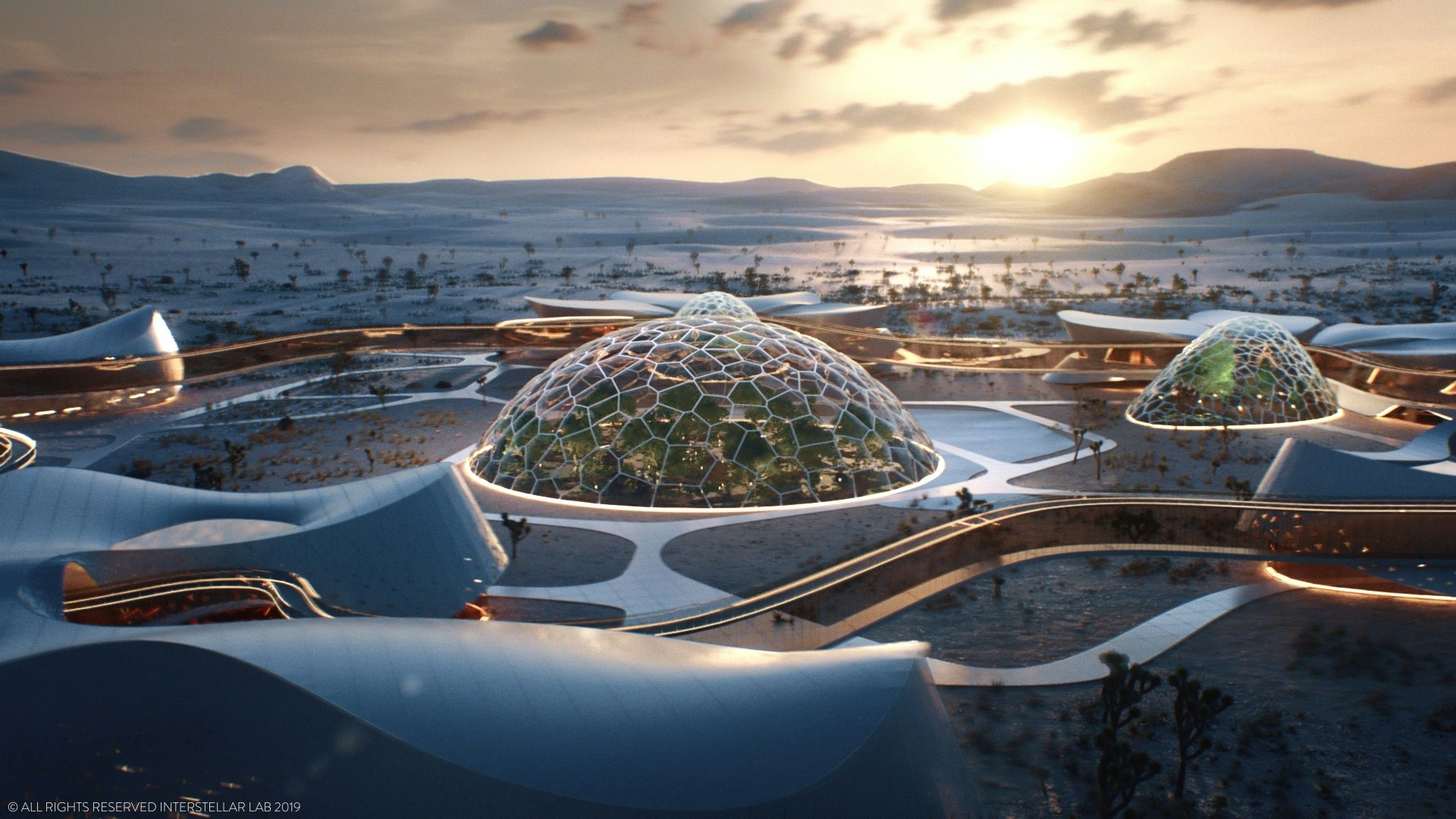
Working under the assumption that technologies designed for exploring other worlds should also improve life on Earth, Interstellar Lab has designed a self-sustaining, regenerative village of biomes inspired by the conditions on Mars – and in tempting news for sustainably minded travelers, it will eventually be open to the public for overnight stays for half the year. (Of course, such access comes at a cost – potentially between $3000 (€3531) and $6000 (€7062) per week, CEO Barbara Belvisi told Venture Beat in November.)
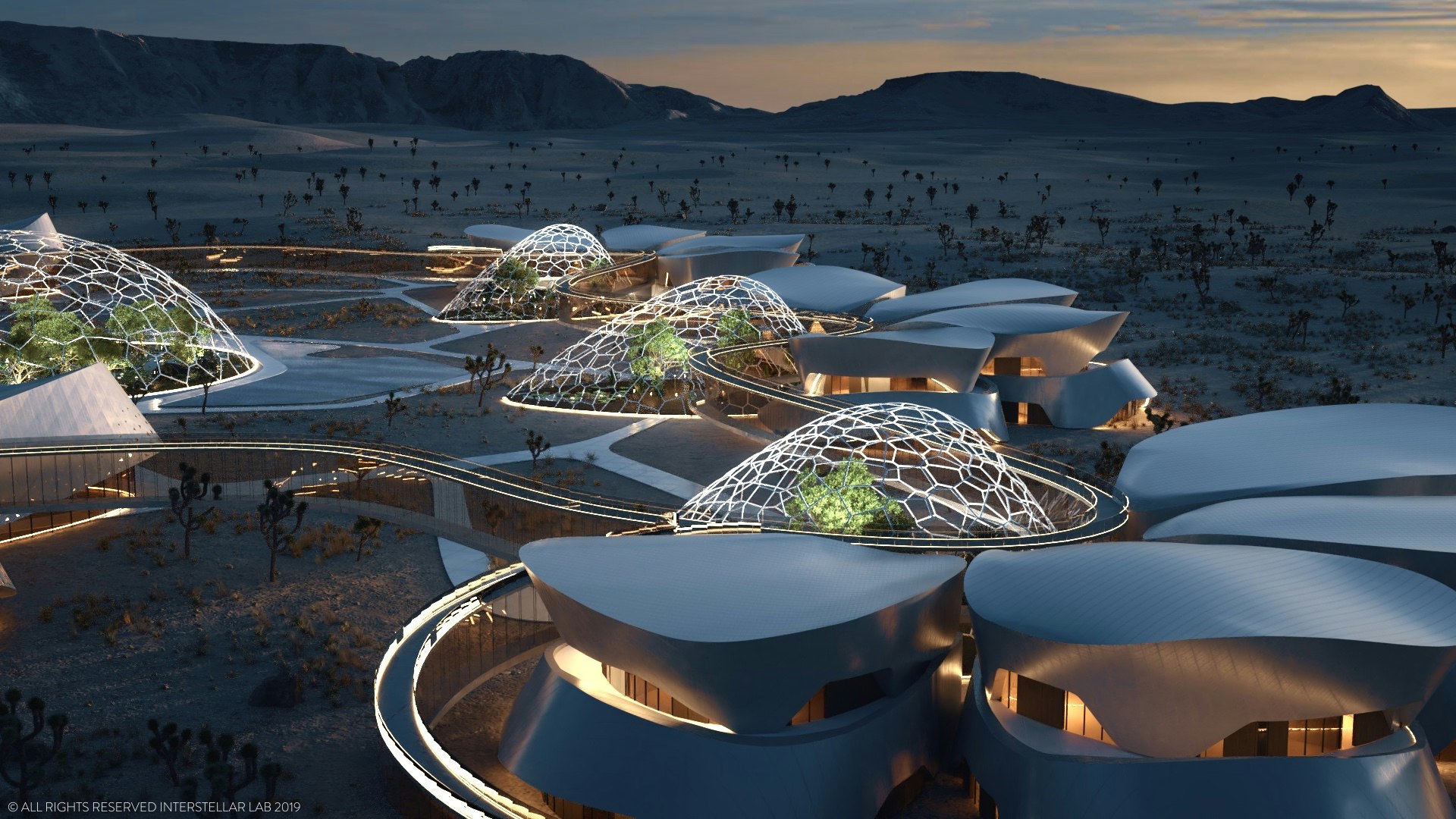
A testing ground for astronaut training and space-settlement tech, the closed-loop village known as EBIOS (Experimental BIOregenerative Station) will produce and recycle water, food, and energy for 100 people, leaving a carbon-neutral footprint and creating zero waste.
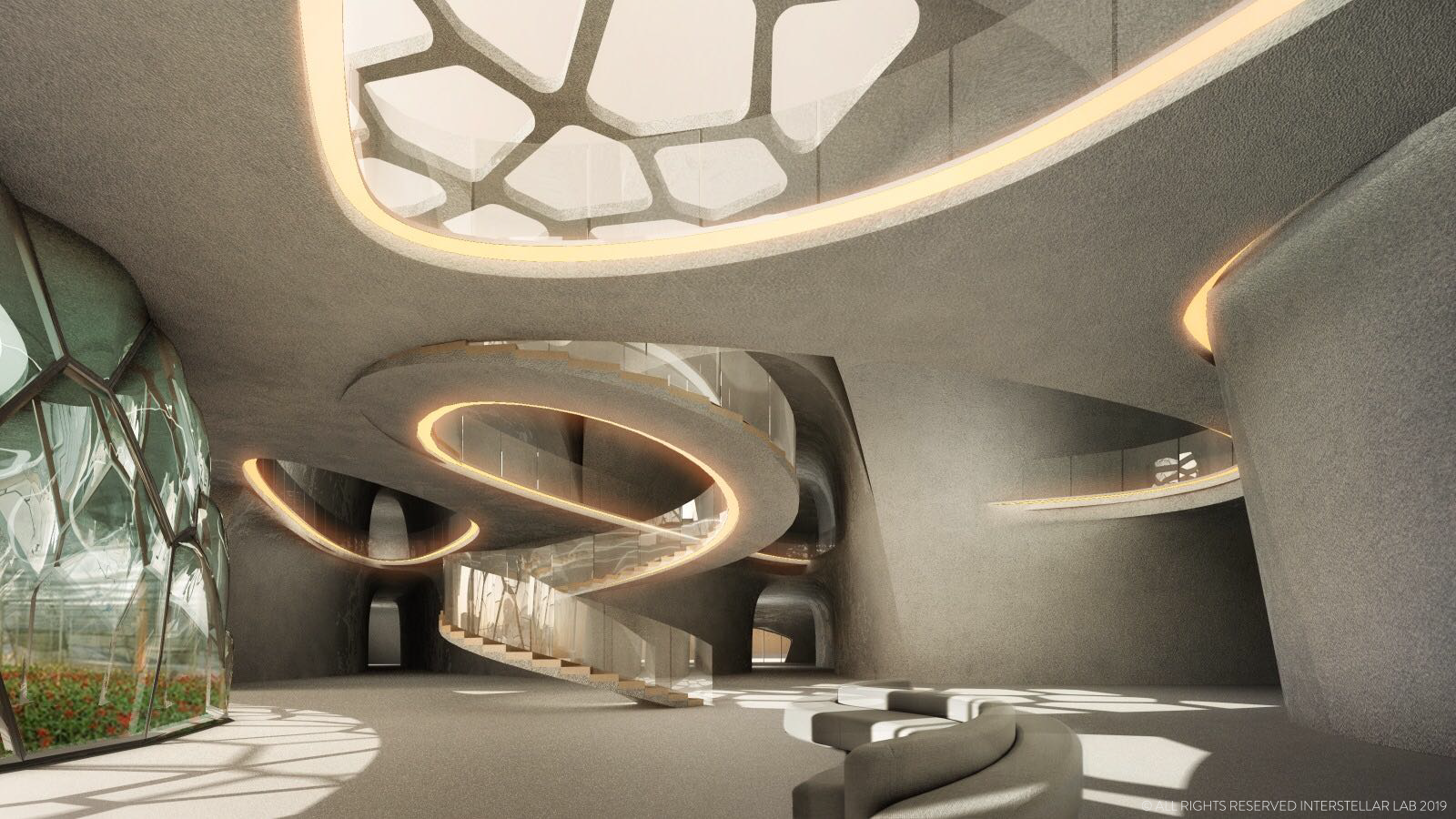
“From water treatment [and] waste management to food production systems, we are developing solutions that can be implemented right now on Earth, and we are preparing for future settlement on other planets,” Belvisi said in a press release.
It took two years of research and development, plus close collaboration with NASA on water treatment, plant-growth systems, 3D printing, and an analysis of human behavior in tight quarters, before Interstellar’s plans for the village were revealed. Construction is expected to begin in the Mojave Desert in 2021, and a second location at Florida’s Kennedy Space Center could follow soon after.
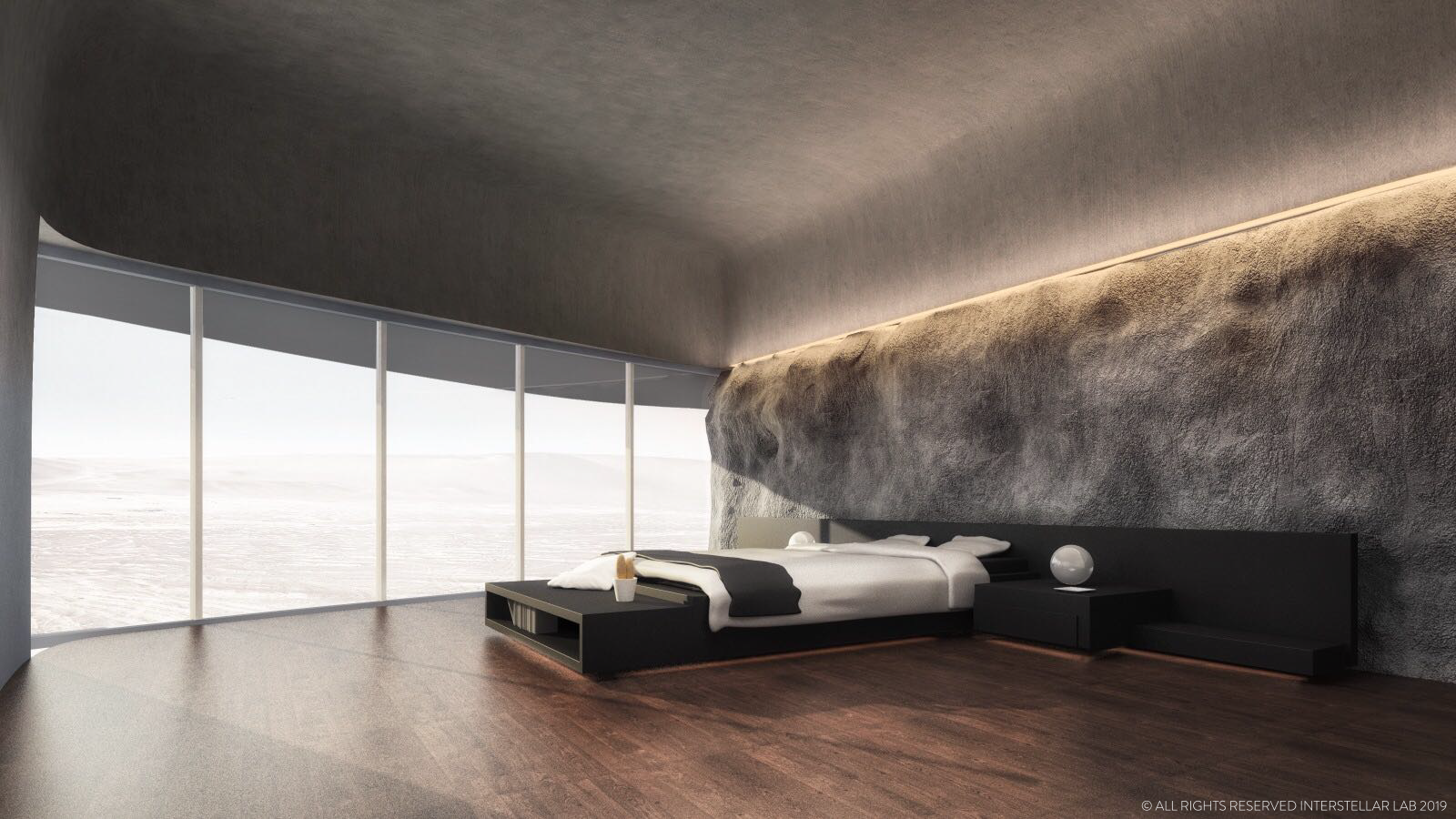
"A long-term, sustainable Mars or lunar settlement will only be practical if we do the research on Earth and really test the viability of different systems,” Greg Autry, director of the SoCal Commercial Spaceflight Initiative and former White House Liaison at NASA, said in a press release.

From a cave in Cantabria that mimics life on Mars to an island in the Canaries that bears an uncanny resemblance to the planet to a London museum exhibit detailing what, exactly, we’d need to pack to move to Mars, the red planet is certainly capturing the public imagination – thanks in no small part to the increasing havoc wreaked by climate change. "The two planets share a common ground,” Belvisi said. "What we need to bring on Mars for life is what we need to protect on Earth right now. The only path to become a multi-planet species is to join our energy towards the same direction.”

